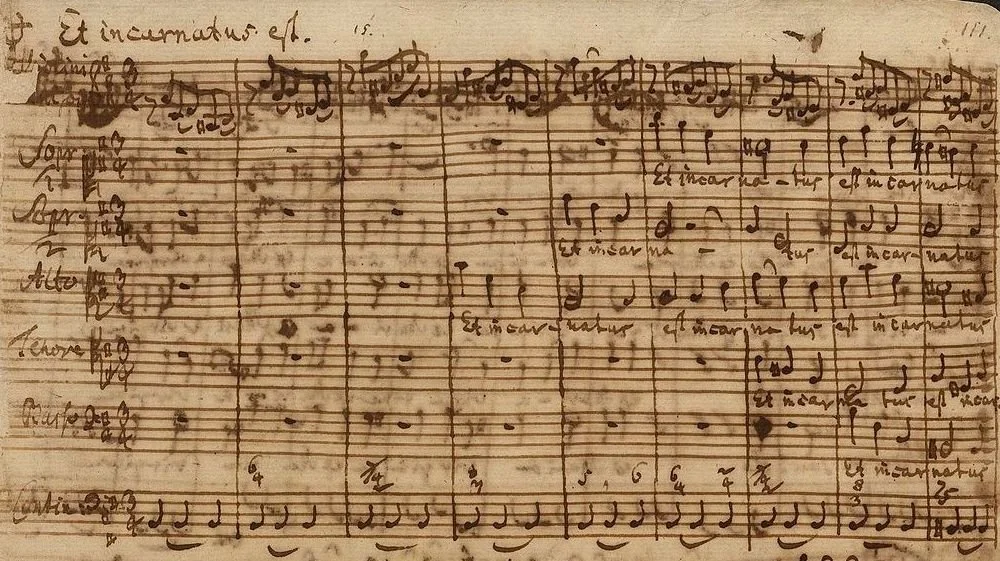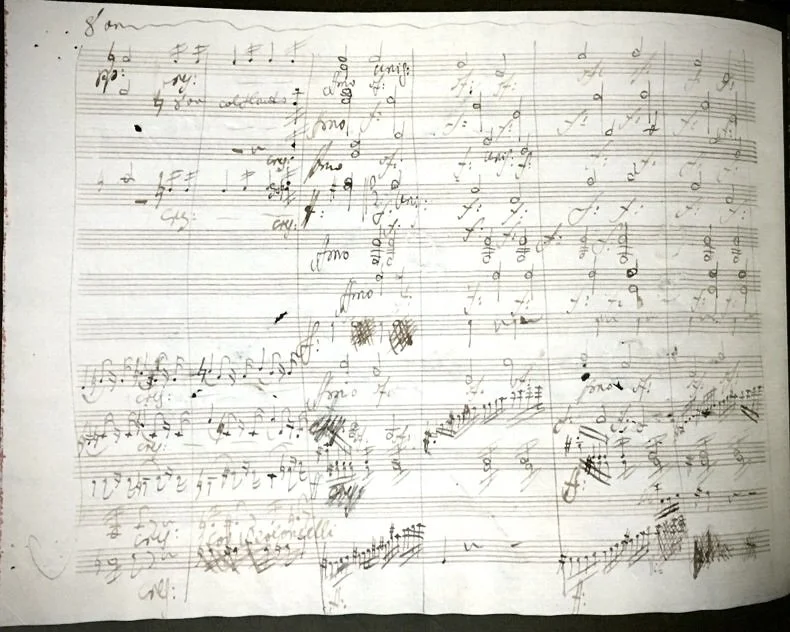REVIEW: A Bach B-Minor Mass With Heart
March 7, 2024
The American Classical Orchestra filled the pews of Alice Tully Hall with an enthusiastic congregation eager to submit to the religious experience that is J. S. Bach’s Mass in B-Minor, BWV 232. This massive (no pun intended) liturgical choral and orchestral work featuring five vocal soloists — towering masterpiece of the Baroque era — received a buoyant performance by Thomas Crawford’s period-instrument orchestra and fine collection of singers.
Crawford began the opening Kyrie with a powerful thrust from his torso — this was not to be a half-hearted read-through. The conductor’s command of the work’s inner drama was palpable as he navigated the evening through Bach’s series of contrasting moods.
The B-Minor Mass, in addition to its religious function, is also a sort of pastiche, wrapping up an epoch of musical styles and techniques. It requires a skilled chorus, and the American Classical Orchestra Chorus, under the direction of Crawford, met Bach’s challenge, making logical sense of the two contrasting Kyrie eléisons — the second an echo of ancient Palestrina motets — while the lush, almost Mozartian Qui tollis radiated golden-hued warmth.
Thomas Crawford and American Classical Orchestra perform Bach’s B-Minor Mass.
That warmth permeated throughout, not only from the strings, but from the expert Baroque instrumentalists in the woodwind and brass sections. On the valveless natural horn, R. J. Kelley managed the bright tempo of the Quoniam with aplomb. Flautist Emi Ferguson made the perky traverso sparkle in the Domino Deus, a duet for creamy-voiced soprano Kristen Hahn and charming tenor Steven Soph.
Concertmaster Lisa Rautenburg flowed effortlessly in the Laudamus te, a gentle river upon which soprano Nola Richardson sailed with a plush, vibrant tone. Trumpets, so often disappointing in treacherous moments such as Osanna in excelsis, were in fine form.
The antique instruments are interesting visually, as well. Dan Bates’s ornate oboe d’amore was lovely; mellow, yet flexible, in duet with Reginald Mobley, a countertenor with a velvety and agile instrument, in Qui sedes.
The soloists were in superb voice, wonderfully invested in the text, as well as the musical essence, blending with care in featured couplings such as Et in unam, a genial gavotte-like number for soprano and countertenor, so deliciously contrasting the preceding thicket of fugal melismas that is the choral Patrem ominpotentem. Bass Steven Eddy brought an actor’s sense of communicativeness to the calming Et in spiritum sanctum, in conversation with a duet of oboe d’amores.
Crawford gave a masterclass in the art of beginning a piece of music — not just preparing the right tempo, but inspiring the players to embody the spirit and character of the music. Moments of celebration launched off the page. When Bach lets his hair down, as in the lilting Et in unam and Domino Deus, Crawford relaxes the reigns and allows the musicians to simply groove.
The congregation was grooving, too. Bach, and the superb American Classical Orchestra, gathers quite a flock; several disciples couldn’t help but conduct along, or eagerly signal to their companions in anticipation of favorite moments in the score.






